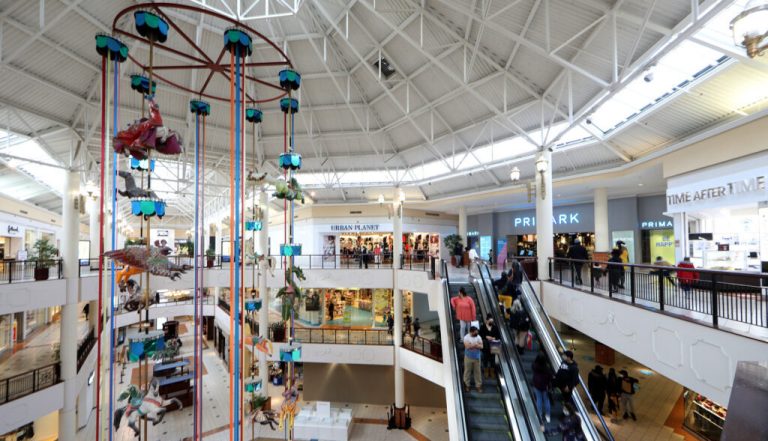
Pennsylvania Real Estate Investment Trust (PREIT), a prominent mall owner in the eastern United States, filed for bankruptcy for the second time in three years, highlighting the challenges faced by mall owners in the current retail landscape.
The company is seeking to shed $880 million of debt that has built up due to high interest rates, inflation and tenant distress, Bloomberg reported Tuesday (Dec. 12). The move comes after PREIT restructured its debts in late 2020.
PREIT operates more than a dozen malls in the eastern U.S., the report said. The decline in brick-and-mortar retail and changing consumer preferences have hit the company hard. Regional malls, like those operated by PREIT, have fallen out of favor with consumers and are no longer in high demand.
The bankruptcy of PREIT is expected to have a wider impact on the commercial real estate sector, per the report. Higher capital costs, reduced valuations and lower liquidity are anticipated to impact other real estate investment trusts (REITs) and private real estate owners.
Despite the challenges, PREIT said reducing its debt load will help it remain viable, according to the report.
In a Monday (Dec. 11) press release in which PREIT announced its filing for Chapter 11 bankruptcy and its reorganization plan, the firm said these moves will allow it to continue to be an integral part of its communities, provide employment and transform its properties.
“Today’s announcement will position a restructured PREIT to execute on strategic initiatives to continue transforming its portfolio for the tenants and communities it serves,” PREIT Chairman and CEO Joseph F. Coradino said in the release. “We look forward to quickly emerging from this process as a financially stronger company with the resources and support to continue creating diverse, multi-use property experiences throughout our portfolio.”
It was reported in September that the owner of the Westfield malls group is rethinking its plan to exit the U.S. Instead, the firm will hold onto some of its best-performing malls while still getting rid of most of its properties.
While older malls have seen their value plunge, many higher-end shopping centers continue to do well.